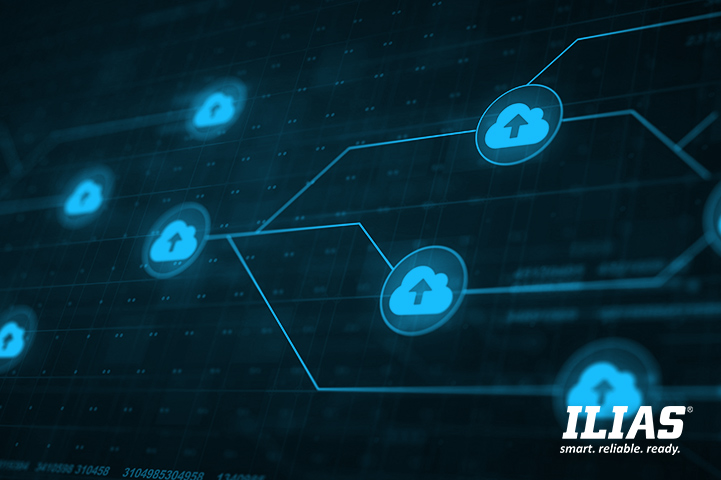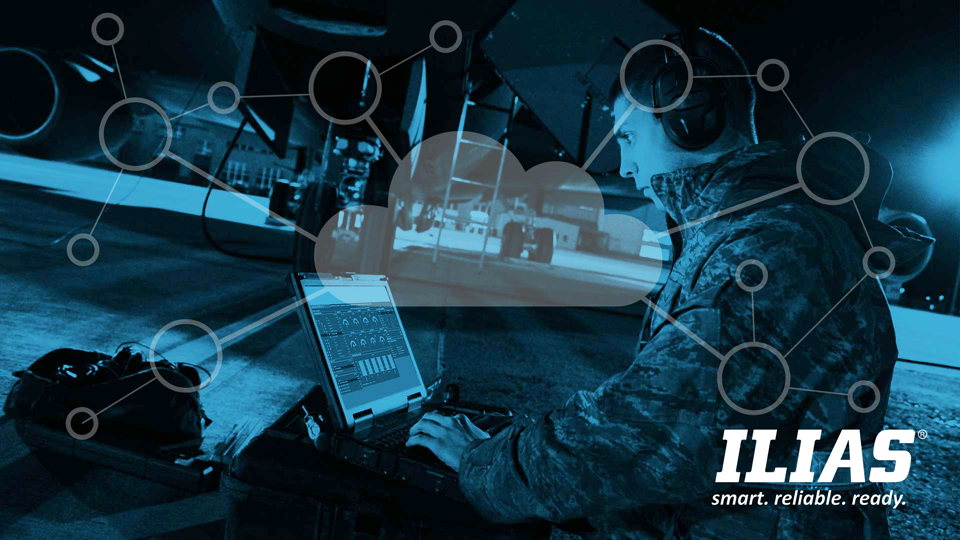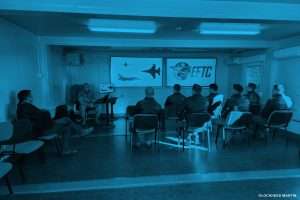
For many years now, we have witnessed closer relations between industry and the military to better meet the challenges of tomorrow. The driver for defense is to focus resources on the mission rather than the back-office and leverage innovation capability of industry at the highest possible pace. In logistics, the number of PBL cases has been growing significantly over the past decade. Even aspects of operations, such as pilot training and (gate) security are outsourced by several defense organizations.
Another global development is the emerging Cloud for IT. In the end, it is the same theme, answering the question to what extend aspects of IT can be managed in a secure way by external parties so military resources can focus on the mission.
In this article, we will open some paths of reflection on the subject and present the achievements of our G-Cloud project at the Belgian Defense.
ACTUAL STATUS AND DEFENSE REQUIREMENTS FOR A DEFENSE CLOUD
Up until 5 years ago, we were far from imagining the $10 billion Pentagon’s cloud computing JEDI (Joint Enterprise Defense Infrastructure) contract Amazon and Microsoft are competing for. Information security issues, lack of awareness and knowledge, dependency during the mission…. the reasons for the military to be skeptical about the cloud are multiple.
That said, the military do understand that the main question is not if but how to implement cloud computing. Today, the commercial industry is full of best practices on how to deal with complex and sensitive information that military organizations can leverage.
The DoD Cloud Strategy 2018 is clear: “This effort is a Department priority. As we execute this strategy, we will continue to seek the active participation and commitment of all DoD Components to realize the benefits of cloud as we operate on the 21st century battlefield”
Also the UK MoD and the Australian Government have adopted “a cloud-first approach”.
Some of the many benefits a cloud infrastructure can bring to defense are:
- A more efficient and cost-effective data management thanks to the agile nature of the cloud. For example, the storage capacities are dynamically realigned and can help IT staff to automate repetitive tasks, saving time and money with a smaller IT footprint.
- A precious tool for data sovereignty either in peacetime or warfare. Indeed, the cloud can enable a secure transfer of sensitive data from a military unit to another instantly and improving the collection, organization, and analysis of critical information.
- Since data can be collected, shared and accessible from anywhere and on a variety of devices, cloud computing brings a better situational awareness to units.
- A consistent and reliable data infrastructure in contrast to the traditional military siloed systems, facilitating maintenance and standards uniformity across military departments.
SMART. RELIABLE. READY… AT ANY TIME AND FROM ANYWHERE THANKS TO MILITARY CLOUD.
As ILIAS Solutions we always strive to stay ahead of the curve. Our technology team has been working on cloud capabilities for our customers during the past years. We are proud that we currently deliver these capabilities to Belgian Defense. It is our mission to help the military to do more with less. Expanding our portfolio with cloud capabilities and managed services adds to that mission.

SMALL STEPS FOR A RADIANT FUTURE: THE ILIAS G-CLOUD PROJECT AT THE BELGIAN DEFENSE
In this project, we helped Belgian Defense to move their data towards an external data center. This Government data center provided an IAAS (Infrastructure As A Service) hosting solution called the G-Cloud on which the ILIAS Defense Platform is now hosted. We provide the managed services so the Belgian Defense can work in an optimal way with the provided capabilities: full support for operations, deployments, maintenance, warehousing, procurement, supply chain management and budgeting for all Belgian Defense components.
For our team, the G-Cloud project was quite challenging as we faced two major changes: a migration from AIX to Linux and a complete change of infrastructure. Nevertheless, the migration was a success, resulting in a fully operational ILIAS environment running on the national G-Cloud and a plan/documentation for future cloud evolution.
In practice, cloud computing increased the performance of ILIAS for end-users. Also, some background batches now take 5 minutes to be executed instead of 25 minutes on the previous infrastructure.
We always strive to excellence in defense information management software. As such, we acknowledge the advantages of cloud computing, but also understand specific challenges for the military. That’s why we continue to study and invest in the development of enterprise cloud capabilities. As such, we support the management of our customers’ data driven by best practices of both commercial industry and defense.
If you want to know more about the ILIAS Defense Platform and cloud computing in defense do not hesitate to ask for a conversation with one of our experts:
Sources:
https://media.defense.gov/2019/Feb/04/2002085866/-1/-1/1/DOD-CLOUD-STRATEGY.PDF
https://www.c4isrnet.com/it-networks/2018/08/07/the-next-step-for-the-armys-network-the-cloud/
https://www.accenture.com/_acnmedia/PDF-59/Accenture-Defense-Cloud-POV.pdf
https://www.nytimes.com/2019/04/10/technology/amazon-microsoft-jedi-pentagon.html



